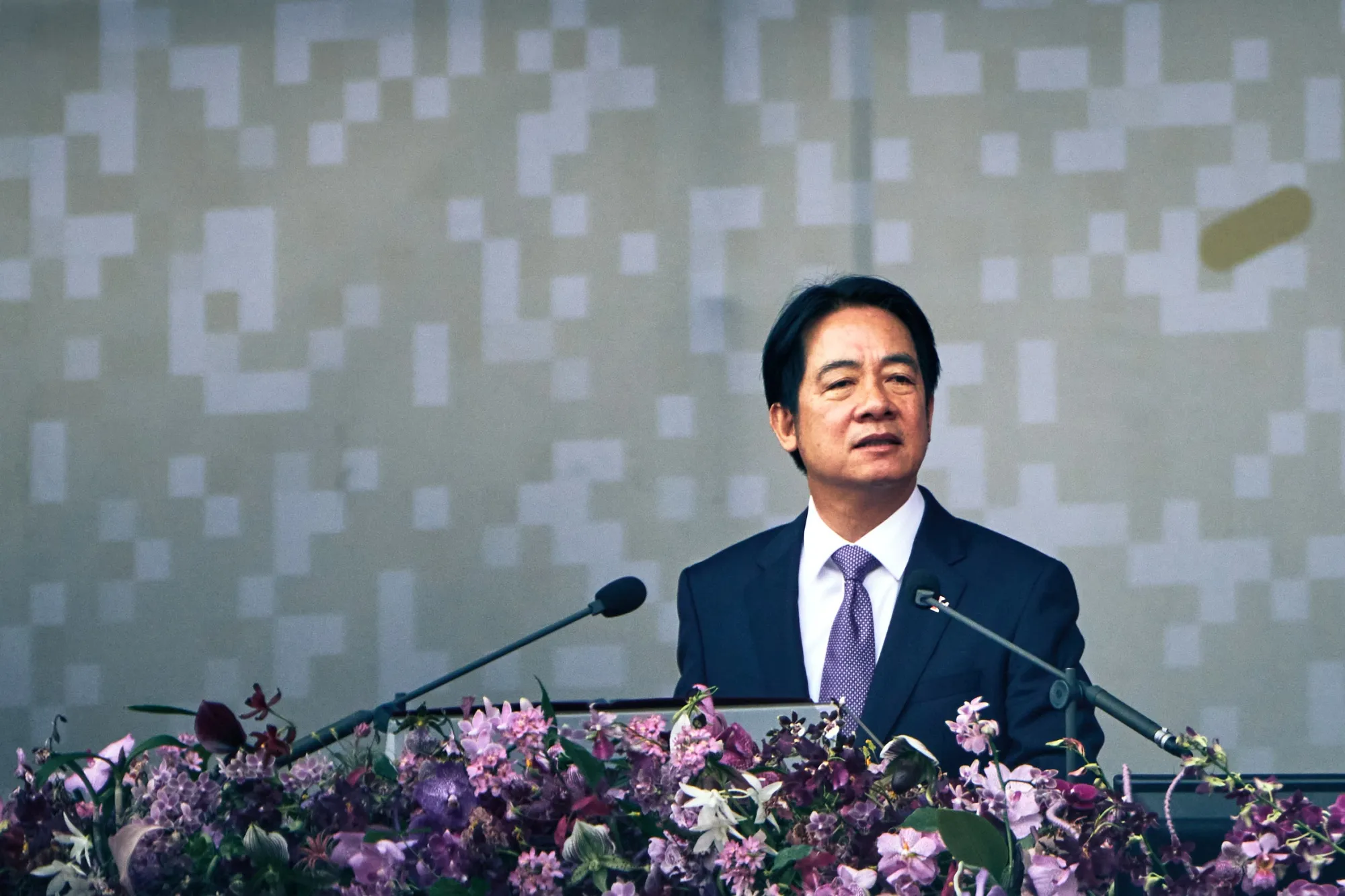Introduction
As President Donald Trump approached his 100th day in office, he made headlines by signing a series of executive orders aimed at tightening U.S. immigration policies. These actions reinforced his campaign promises to prioritize national security and protect American jobs by restricting immigration. The executive orders targeted various aspects of immigration, including visa programs, refugee admissions, and border security. This article examines the key provisions of these orders, their implications, and the reactions they sparked across the political spectrum.
Key Provisions of the Executive Orders
1. Suspension of the H-1B Visa Program
One of the most significant moves was the temporary suspension of the H-1B visa program, which allows U.S. companies to hire highly skilled foreign workers in fields like technology, engineering, and medicine. The order aimed to protect American jobs by requiring companies to prioritize hiring U.S. citizens before considering foreign applicants.
-
Impact on Tech Industry: Major tech companies, which rely heavily on H-1B visas to fill talent gaps, criticized the move, arguing that it would hinder innovation and economic growth.
-
Exceptions: The suspension included exemptions for healthcare workers, particularly those assisting in the COVID-19 response.
2. Restrictions on Refugee Admissions
The Trump administration further reduced the number of refugees allowed into the U.S., citing national security concerns. The order extended previous restrictions, lowering the annual cap to a historic low.
-
Humanitarian Concerns: Advocacy groups condemned the decision, arguing that it abandoned vulnerable populations fleeing war and persecution.
-
Security Justification: The administration maintained that stricter vetting was necessary to prevent potential threats.
3. Strengthening Border Security and Asylum Policies
Another order focused on enhancing border security by:
-
Increasing funding for border wall construction.
-
Tightening asylum rules to discourage migrants from seeking refuge in the U.S.
-
Expanding expedited removals of undocumented immigrants.
Critics argued that these measures would worsen conditions at the border and violate international human rights standards.
4. Merit-Based Immigration Overhaul
Trump’s orders also pushed for a shift toward a merit-based immigration system, prioritizing skilled workers over family-based migration. This aligned with his long-standing goal of reducing “chain migration.”
-
Supporters’ View: Proponents argued that this would attract high-skilled immigrants who contribute more to the economy.
-
Opponents’ View: Critics claimed it would disadvantage low-income families and disrupt cultural diversity.
Political and Public Reactions
Support from Conservatives
Trump’s base applauded the measures, viewing them as necessary to:
-
Protect American jobs.
-
Strengthen national security.
-
Fulfill campaign promises on immigration enforcement.
Backlash from Democrats and Advocacy Groups
Opponents condemned the orders as:
-
Xenophobic: Critics accused Trump of scapegoating immigrants for economic and security issues.
-
Economically Harmful: Business leaders warned that restricting skilled immigration could hurt industries reliant on foreign talent.
-
Legally Controversial: Some provisions faced immediate legal challenges, similar to previous Trump immigration policies like the “Muslim ban.”
International Response
Several countries expressed concern over the restrictions, particularly those affecting refugees and skilled workers. U.S. allies in Europe and Asia questioned the long-term diplomatic and economic consequences.
Long-Term Implications
Economic Effects
-
Labor Shortages: Industries like healthcare, agriculture, and tech could face workforce gaps.
-
Global Talent Drain: Other countries, such as Canada and Australia, might benefit by attracting skilled workers turned away from the U.S.
Legal Battles
Like previous Trump immigration policies, these orders faced court challenges. Advocacy groups and Democratic-led states filed lawsuits arguing that the measures were unconstitutional.
Impact on Future Immigration Policy
Trump’s actions set a precedent for future administrations, signaling a possible long-term shift toward stricter immigration controls. However, a change in leadership could reverse these policies, as seen with Biden’s rollback of some Trump-era rules.
Conclusion
President Trump’s executive orders on immigration ahead of his 100th day in office reinforced his hardline stance on border security and foreign labor. While supporters praised the measures as necessary for protecting American interests, critics viewed them as harmful to the economy and humanitarian values. The long-term effects remain uncertain, but these actions undoubtedly shaped the national debate on immigration and set the stage for future policy battles.



